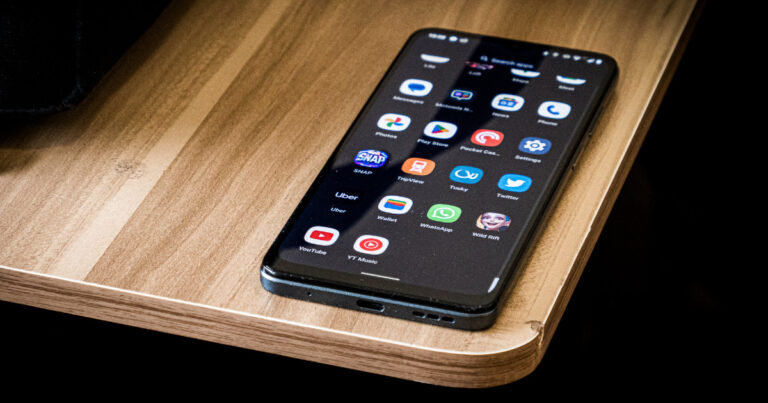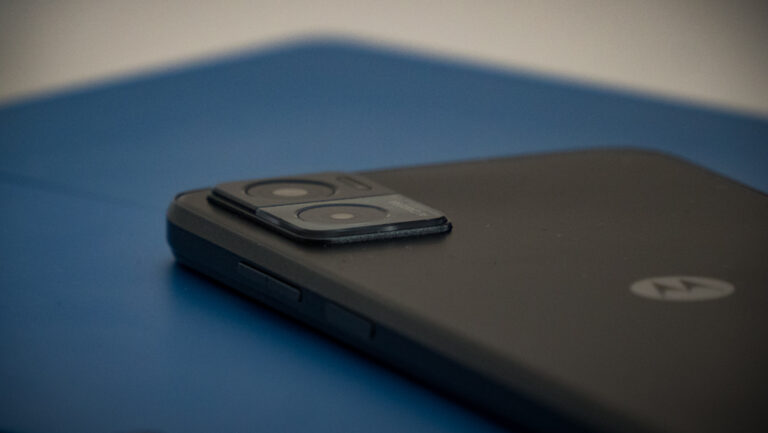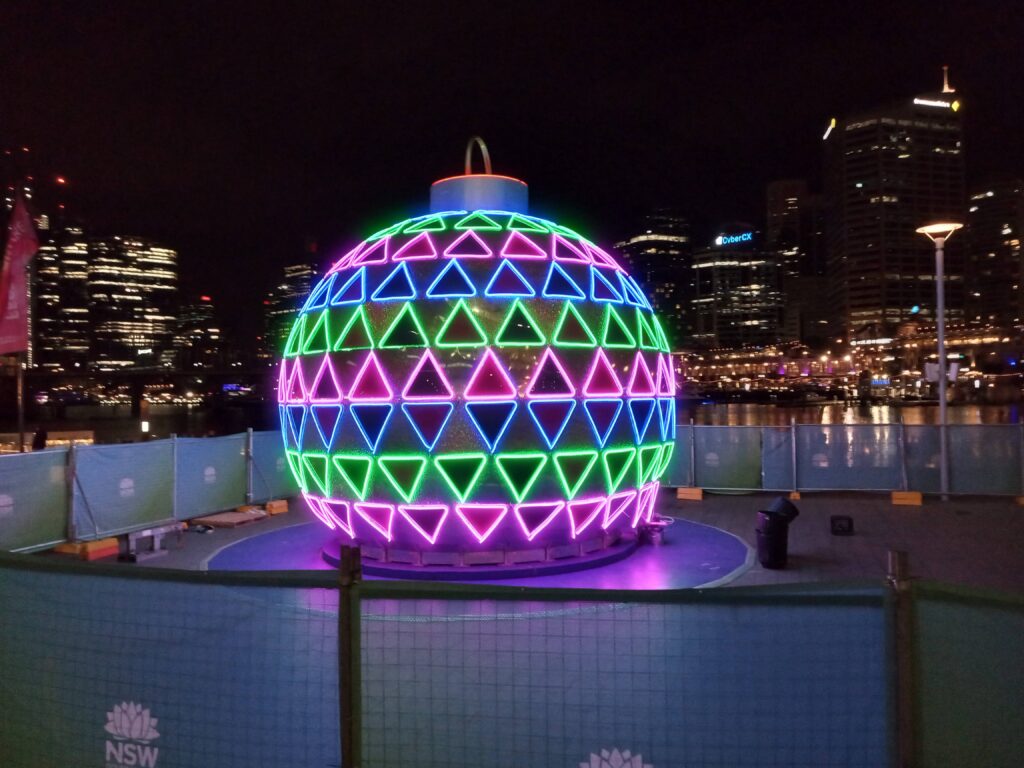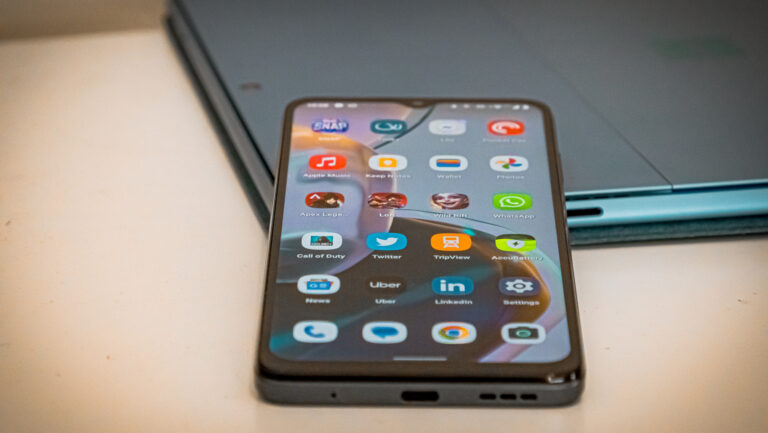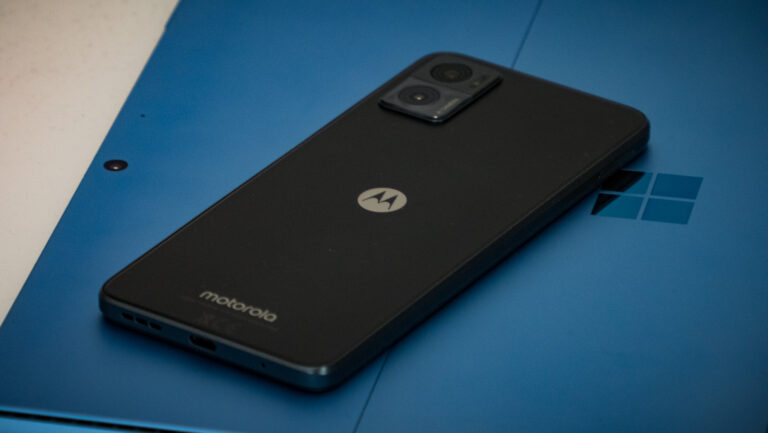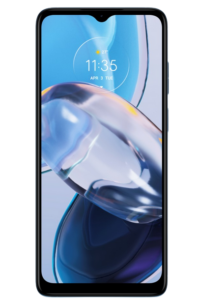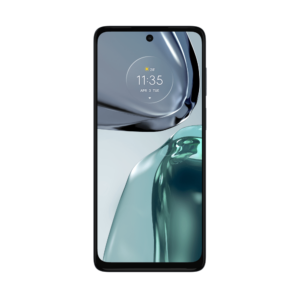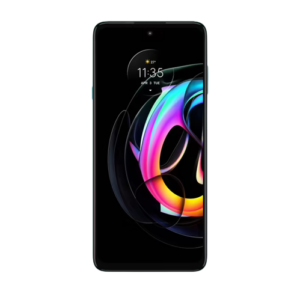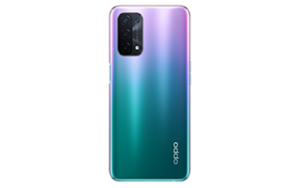Optus Mobile Review ALDI Mobile Review Amaysim Mobile Review Belong Mobile Review Circles.Life Review Vodafone Mobile Review Woolworths Mobile Review Felix Mobile Review Best iPhone Plans Best Family Mobile Plans Best Budget Smartphones Best Prepaid Plans Best SIM-Only Plans Best Plans For Kids And Teens Best Cheap Mobile Plans Telstra vs Optus Mobile Optus NBN Review Belong NBN Review Vodafone NBN Review Superloop NBN Review Aussie BB NBN Review iiNet NBN Review MyRepublic NBN Review TPG NBN Review Best NBN Satellite Plans Best NBN Alternatives Best NBN Providers Best Home Wireless Plans What is a Good NBN Speed? Test NBN Speed How to speed up your internet Optus vs Telstra Broadband ExpressVPN Review CyberGhost VPN Review NordVPN Review PureVPN Review Norton Secure VPN Review IPVanish VPN Review Windscribe VPN Review Hotspot Shield VPN Review Best cheap VPN services Best VPN for streaming Best VPNs for gaming What is a VPN? VPNs for ad-blocking Depending on the compromises you are or aren’t willing to make though, it may actually be a little too cheap for some. Nevertheless, if you are happy and willing to gamble with the realities of a sub-$200 smartphone, it might pay to look around for the best price in Australia. Check out the table below for a comparison of how each retailer rates when it comes to Moto E22i pricing. Motorola’s latest budget buy is built around a 6.5-inch LCD IPS screen with a centre-oriented teardrop display cutout and a 90Hz refresh rate. That last one does a lot of the heavy lifting here, allowing the screen on the sub-$200 device to feel a little bit smoother than it would otherwise. While the Moto E22i packs in plenty of pixels per inch, the overall resolution does leave something to be desired at 1600 x 720. Visibility sometimes suffered in brighter environments and while images and videos looked fine on the display they lacked the visual pop found in more expensive alternatives. In terms of physical layout, the Moto E22i doesn’t do much to deviate from convention. Holdouts will appreciate the 3.5mm headphone jack found on the topmost edge of the device. Otherwise, expect the usual set of volume and power keys in the usual place and a USB Type-C port on the bottom edge that’s used for charging. Credit where it’s due, Motorola has packed in a surprising number of bells and whistles here. The device is rated IP52 for water and dust resistance, boasts a side-mounted fingerprint sensor and has a set of Dolby Atmos stereo speakers. Flipping the Moto E22i over provides ample opportunity to gaze upon the device’s sharper-than-you’d-expect looks. Even if the plastic feel factor is hard to ignore, there’s a cleanness here that’s largely in line with devices that come in at double the price. When you’re spending that much less on a smartphone, the fact that the Moto E22i hews so closely to the conventional is the drawcard rather than a drawback. Perched in the top right corner is the device’s dual-lens rear camera setup. This array consists of a 16MP (f/2.2) main sensor and a 2MP depth sensor. There’s also a 5MP (f/2.4) selfie shooter on the front side. The big claim to fame that Motorola is making here is that the Moto E22i can use AI to enhance its humble hardware and overdeliver on your expectations. On paper, that’s not dissimilar to what Google and Apple are with their respective budget-friendly devices. In practice though, the results fall somewhat short of this ambition. In the right lighting - and so long as you have plenty of time to get it right - those who are willing to work within the Moto E22i’s limitations will be able to produce some surprisingly decent results. In particular, I was actually really impressed with how well the budget-grade hardware here handled darker and low-light environments. Most of the time though, it’s a struggle. There’s a distinct latency between the snappiness of the software and the actual speed over the hardware that consistently chews up what would otherwise be a decent result. All too often, I’d take shots that seemed fine based on the in-app preview only to discover they were completely unusable hours after the fact. The camera on the Moto E22i is rarely something you’ll want to brag about. If you’re looking for something that will tick that box, it’s probably worth chasing down a deal on something a little more expensive like the Google Pixel 6a. If you’re still sitting on the fence, the image samples below might help you make up your mind. I suspect more so than the processor or software here, it’s the scant 2GB of RAM that the Moto E22i is armed with that’s at the root of the problem. Apps loaded slowly, incorrectly, and sometimes not at all. The fact that you’re stuck relying on 32GB of onboard storage probably doesn’t help either. Running more than one app at once or doing anything while listening to a podcast in the background proved a real challenge for the circuits inside the Moto E22i. The Moto E22i even struggled with phone calls, which is pretty much the lowest bar I can think of when it comes to budget smartphones. Crashes were frequent, and it did not take me long to give up on the idea of doing most of the things I’d usually use on my phone when faced with the limits of the hardware here. Even relatively low-spec mobile games like Marvel Snap struggled on the hardware here, with more demanding titles like Genshin Impact or Diablo Immortal off the table entirely. Given these pains, it’s fortunate that the battery life is as good as it is. Under the hood, the Moto E22i is armed with a 4,020mAh battery. It supports 10W charging via USB Type-C, but nothing like the fast charging found among more and more affordable smartphones nowadays. In practice, I’d be able to make it through a solid two days on a single charge. Usually, this works out to be around 10 and a half to 11 hours of screen time. Burned down from a full charge to zero by video streaming via YouTube, the Moto E22i lasted 13 hours and 44 minutes. That’s not nothing, but it doesn’t rate to what you can expect from even devices that are only $100 or $200 more expensive. If I planned on going out in the evening on the second of those days, the steady deterioration of the Moto E22i’s battery percentage tracker proved to be a real source of anxiety not to mention a poor consolation for the device’s other issues. My take? The Moto E7 Power packs in a surprising amount of features for a budget handset and is well worth considering if you can stretch your budget that little bit further but not so much as to reach the Moto G62 5G. The longer I spend with it, the harder it is to forgive the Moto E22i’s bigger shortcomings. It’s one thing to have a $200 smartphone look this nice, it’s quite another to have to live with one that feels this sluggish to use. The Moto E22i compromises on one too many things, the results feeling appropriately off-balance and the result is a situation where it feels like the price on the box isn’t the only one you end up paying.
